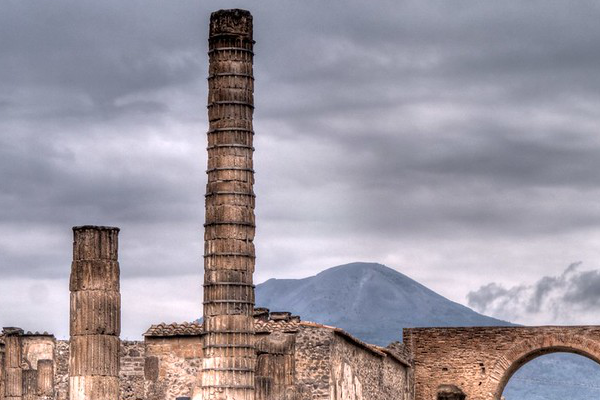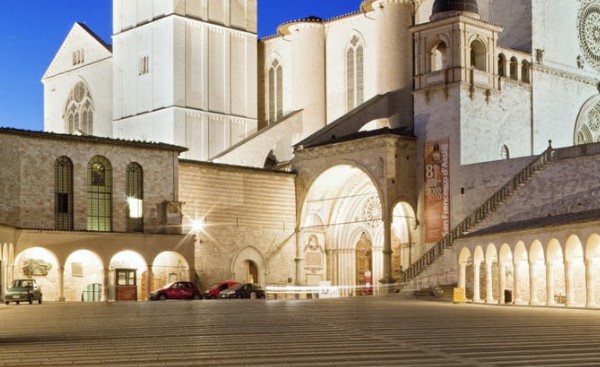Italy is jam-packed with historic sites and attractions, but when did this glorious region first begin?
 |
| Italy |
Italy’s history is famous throughout the world, being renowned for its thousands of years of highlights. Famous for its iconic periods such as the renaissance era and the Roman empire. The history of Italy is tied into the country’s landscape and landmarks, with each structure, traced back a moment of history. But how far back do these artefacts go? In many cases, the history’s documentation is minimal, with the historians having to rely on art, archaeological remains, stories, and even myths to piece together the country’s timeline. We have done some digging, listing the main periods of Italy’s past that have shaped the region to what it is today!
The Etruscans
This is one of the oldest civilisations in Europe, forming the first major periods of Italy. The people’s main centre was in the north of Rome, also known as Tuscany, but other smaller communities of the civilisation were spread about across all of Italy. There is still an ongoing debate on the beginnings the Etruscans, as some believe the Etruscans descended from those who invaded Etruria, whereas others believe the Etruscans to be native to Italy. During their reign, the Etruscan people conquered the majority of Italy, gaining more control than the Greeks at the time. Despite this continuous rivalry, however, a lot of Etruscan’s way of life was similar to the Greeks, with their language in particular very similar. The Etruscan’s shaped Italy extremely well when in control, with stunning architecture such as Capitoline hill and Cloaca Maxima created during this time. The worship of gods and goddesses also came into the mix in this time, with this being extremely influential to the Roman Empire’s culture and religion. This entire civilisation began its period in 8th century BCE and lasted until the 3rd century BCE.
The Creation of Rome
The legend of Rome’s states that two brothers named Romulus and Remus founded the city in 753 BCE. However, it is said that this legend may have descended with the Etruscans, as these brothers were said to be the sons of Mars, the god of war. Etruscan style and culture is clearly shown in a lot of the Romans way of life, with their god worshipping and art style hugely influencing Roman culture.
The Roman Republic
For 500 years, the Roman Roman republic ruled Italy, starting its reign in 509 BCE and forming a government that allowed people to elect the officials. It was a very complicated government, with a range of different officials and leaders all in charge of things. After being formed, the republic colonised a large portion of the country, taking over many foreign areas to claim as their own. Nevertheless, the roman republic had the inability to adjust to the expanding empire and soon became weak with its internal conflicts. Leading to the famous incidence of the murder of the famous dictator Julius Caesar. This started the change of the republic to the empire in 44 BCE.
The Roman Empire
It is one of Italy’s most famous periods in history, a legendary civilisation with advanced technology, engineering, and architecture. Many of the ancient landmarks still found today in Italy are from this period, including amphitheatres, the Roman Forum, and Pompeii. The empire reigned for nearly a thousand years, with numerous emperors that were wise, cruel, or inspired. There are many reasons why the empire eventually fell, with finances, religion, and much more changing to cause the empire’s end in 476 AD.
The Papal States
The trend of Christianity spread throughout Rome and caused this massive shift in rule. The bishops of Rome soon started calling themselves Popes and created the Papal States in 754 CE. Eventually, the Kingdom of Italy appeared in 1861 and took over the majority of Italy apart from a small section of Rome, known as Vatican City. The pope resisted the new power of Italy, hiding in Vatican City for decades and refusing to acknowledge the Kingdom of Italy as a rightful country.
Kingdom of Italy
Despite controlling all of Italy, the Kingdom of Italy still was not acknowledged by the popes of their right. Instead of forcing the Popes out of Vatican City, they decided instead to simply wait for them to give up. This stubborn display on both parts lasted sixty long years, with a number of different Popes accepting this self-imposed captivity. Finally, in 1929, the Prime Minister of Italy planned an agreement, making Vatican City its own country where every aspect would be controlled by the Popes, as long as they made no arguments on any politic issues.
Recommended Italy Tours: Ancient Rome & Colosseum Tour
Price: €61
Company: Sightseeing Tours Italy
Related article: Top Tips for Visiting Italy
This post was originally posted on https://sightseeingtoursitaly.wordpress.com/2020/04/26/how-old-is-italy/






